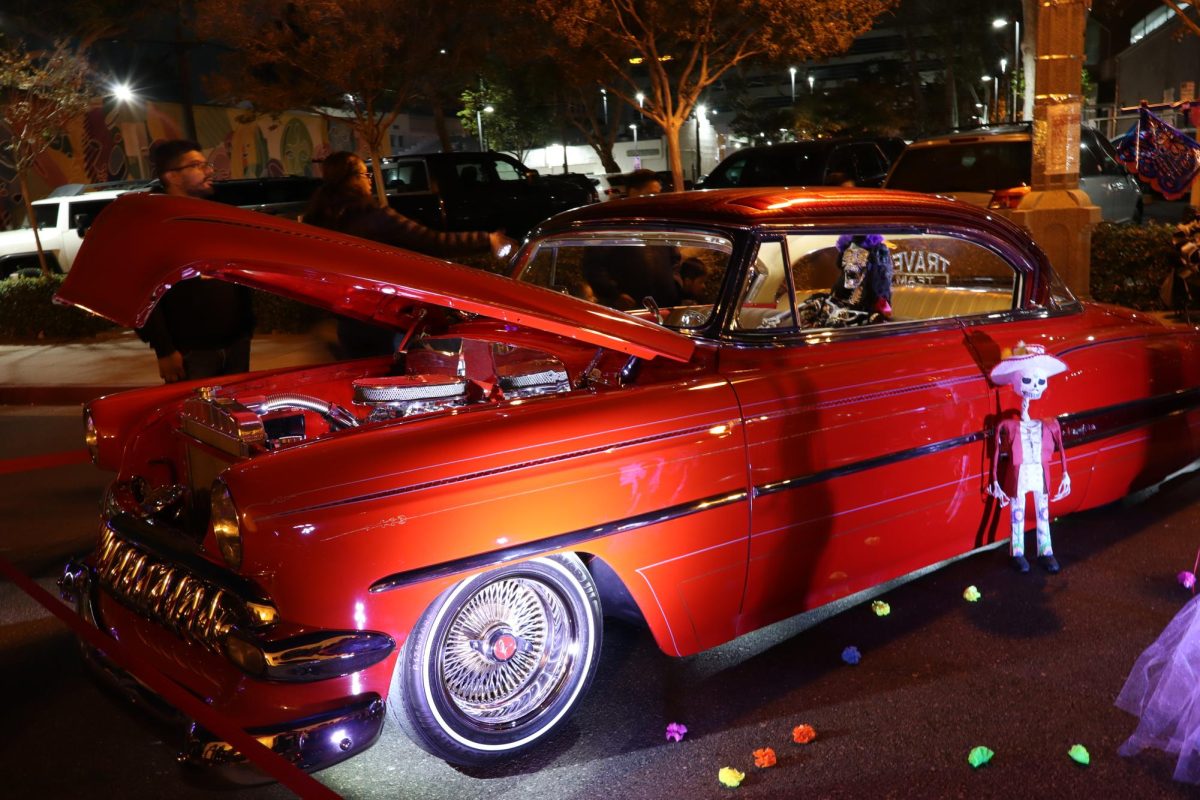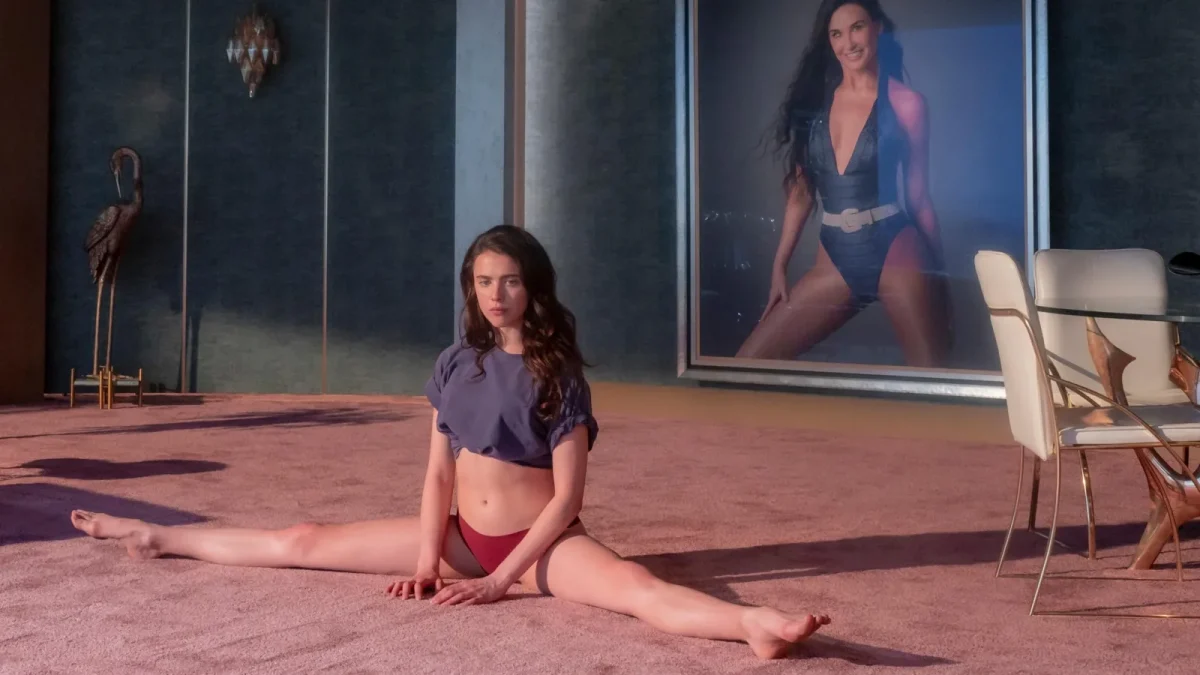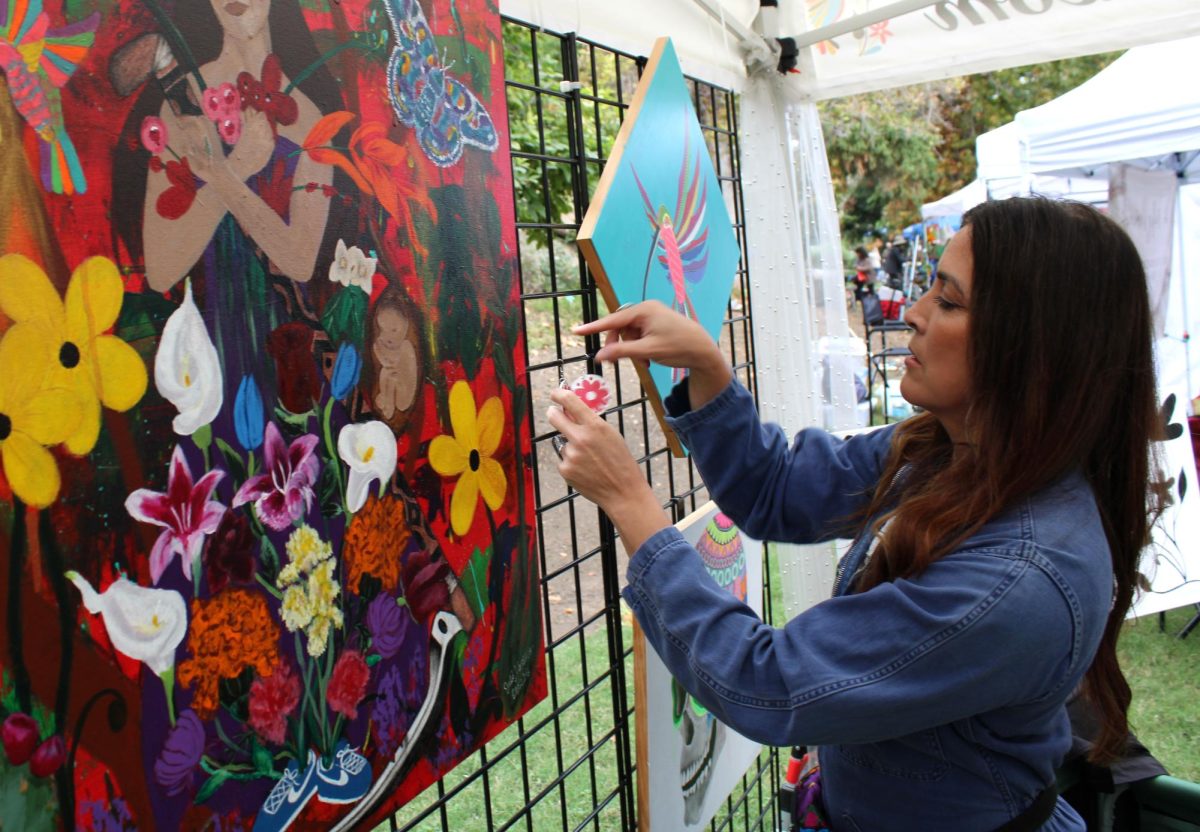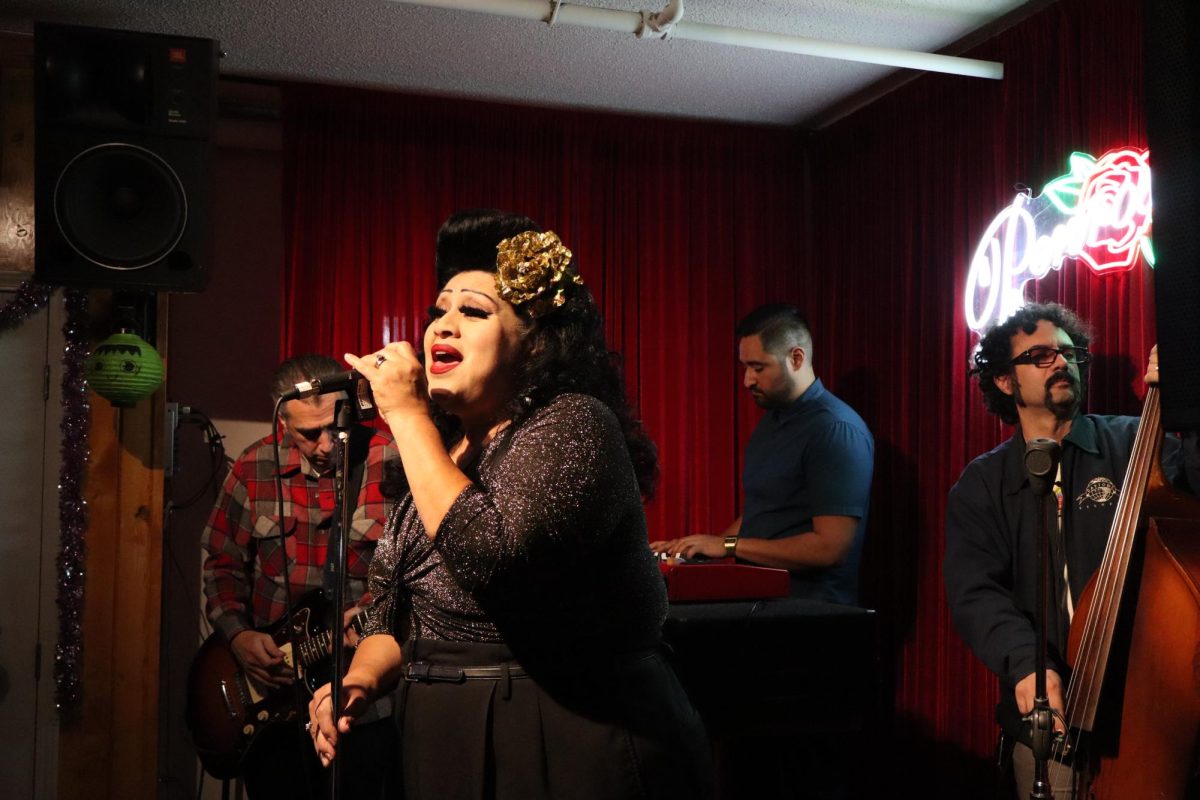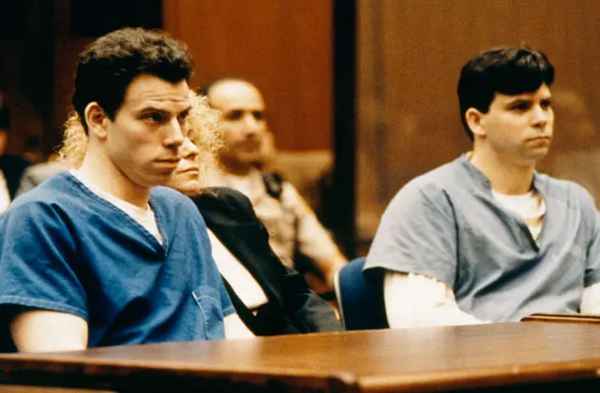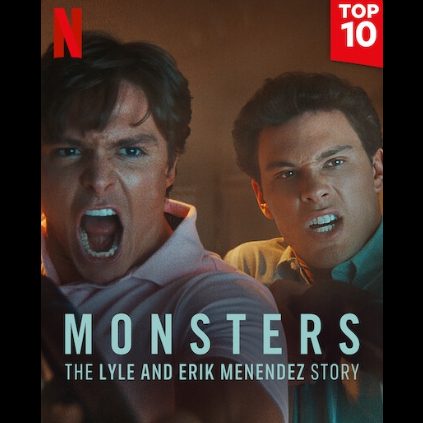Altars were lit with candles and decorated with colorful skulls and marigolds to honor loved ones in downtown Riverside on Market Street. The festival, which celebrated the Day of the Dead, incorporated many elements of Mexican culture.
Food, live music, vendors, and dancing filled the streets on Nov. 2, as the festival marked its 21st year in the city of Riverside.
As one walks along Market Street, the art that fills the festival is evident. The celebration, originating in Mexico, has become a tradition in the United States. Altars which translate to ofrendas in Spanish play a crucial role in the holiday. An altar is built in remembrance, honoring loved ones and welcoming their spirits back home.
The festivities included parades of dancers in masks and traditional attire, playing instruments, and celebrating with vibrant movement. The masks, costumes, and dance itself are art, symbolizing a rich cultural tradition that thrives in Riverside.
Many families came to White Park to create their own altars to represent their own loved ones. Each altar is uniquely crafted to celebrate family and heritage.
The De La Torres sisters exemplified this tradition with their altar, which included great-grandparents, uncles, pets, and children. “It’s a remembrance of those who are meaningful to us,” Marilyn Rainwater said. “We want to remember them and show that we love them,” she added.
“I’ve done their genealogy, so this is years of putting in a full circle, including our culture,” Mariana Bowers said. “What’s special about ours is that we added their names,” Lupe Bowers said.
“When you say someone’s name, they’re not forgotten,” Rainwater added.
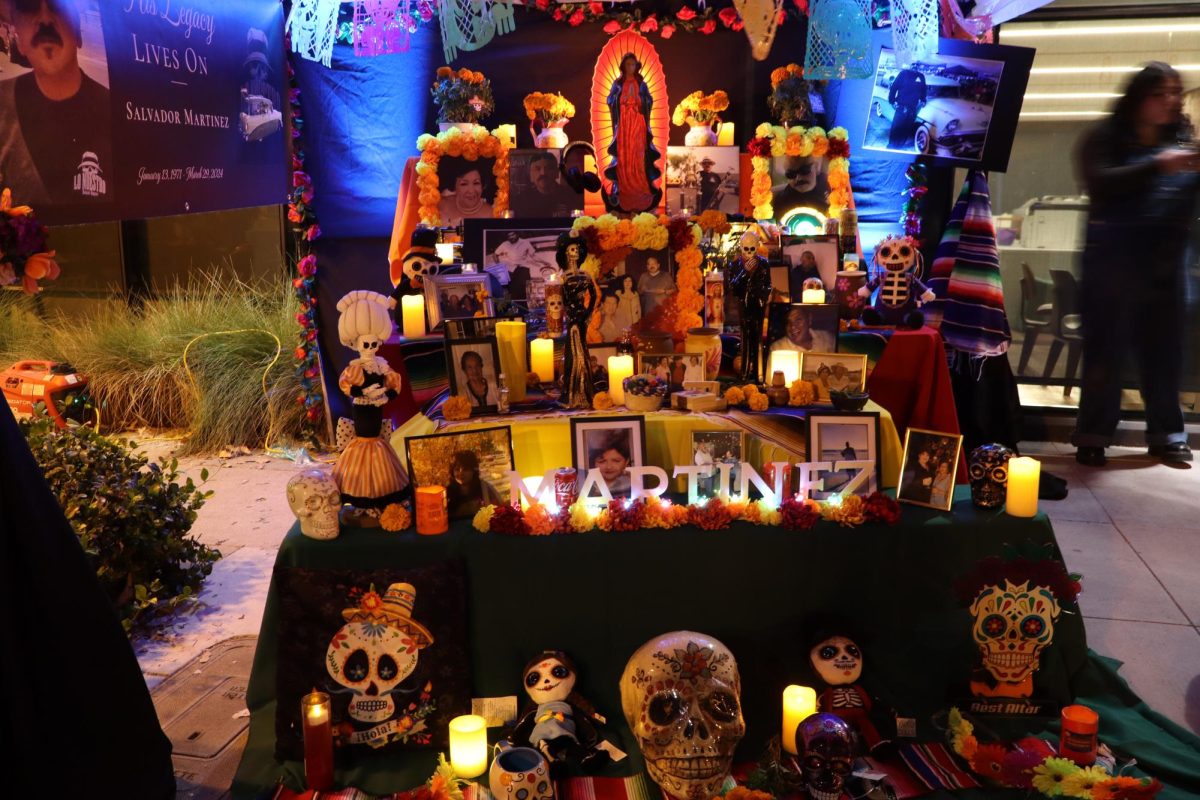
The sisters, who now live in different states, point out that their family’s roots are in Riverside. The sisters return to their family’s hometowns to build their altar.
Breanna Carlos took part in visiting the festival this year. “I felt so many emotions, to be honest, it was so beautiful seeing the different ofrenda,” Carlos said. “The way each ofrenda was so different and cultivated to their loved ones,” she said.
As people walk through the festival, some paint their faces as skeletons or dress as La Catrina, who has become a symbol of Día de los Muertos.
Silvia Sanchez and her daughter, Jezreel Sanchez, dressed as Catrinas on Saturday. The two spend weeks planning their outfits.
“We take concepts from previous years and combine them with what we like now,” Silvia Sanchez said. “We bring the past and present together.” “We’ve been coming for 10 years,” Silvia Sanchez said. “This is something my daughter and I do every year. It’s a family thing, a heritage thing, and a cultural tradition we want to keep alive.”
“It was so amazing to stand and look around at the different types of makeup,” Carlos said. “I was nervous to do my makeup,” she said “But all the kids and adults had gorgeous makeup” The art of Catrina’s skeleton face painting, dress, and flower accessories brings to life a visual representation of Mexican heritage.
“My favorite part would be getting an agua fresca and walking around the park to see the different ofrendas,” Carlos said.
The event featured beautiful traditions for everyone to enjoy making it an experience for all ages.

